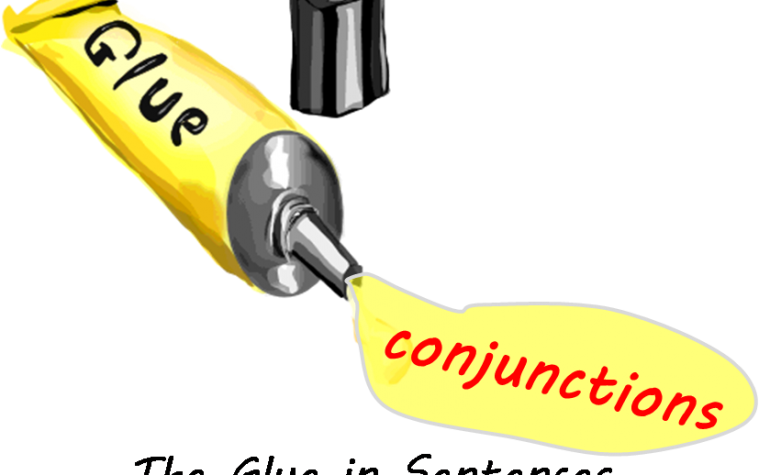Lesson Fifteen
Conjunctions
| Conjunctions are useful in putting nouns, verbs, adjectives, adverbs, and clauses together when making sentences. There are seven coordinating conjunctions:and, but, or, nor, for, yet, so. |
examples
I like to eat cheese and crackers. Use “and” when putting two or more things or people together in a group. |  cheese and crackers |
Hockey is a fun sport, but sometimes you can fall and hurt yourself. “But” is a word that shows contrast or differences. Hockey is fun, but it is also a little dangerous. Fun but dangerous |
fun but dangerous |
Would you like to eat a hotdog or a hamburger? “Or” provides you with a choice or a decision. |
a hotdog or a hamburger
|
She eats neither hotdogs nor hamburgers. She prefers vegetables. “Nor” is the negative form of “or.” It’s often used with “neither.” …neither…..nor….. |  not a hotdog nor a hamburger |
He went to prison, for he had killed someone. “For” is very similar to “because” and “since.” This is a difficult conjunction to use. It sounds very formal. |  in prison for having killed in prison for having killed |
It’s cold outside, yet these boys don’t want to go inside because they are having so much fun. “Yet” is similar to “but.” In this usage it’s not the same as the “yet” which is used to express time. |
cold yet fun |
She saw a spider, so she became afraid. “So” is similar to “because” and “for” but you can’t use the word in the same position. The same sentence above could be written: She became afraid because she saw a spider. |
saw a spider |





